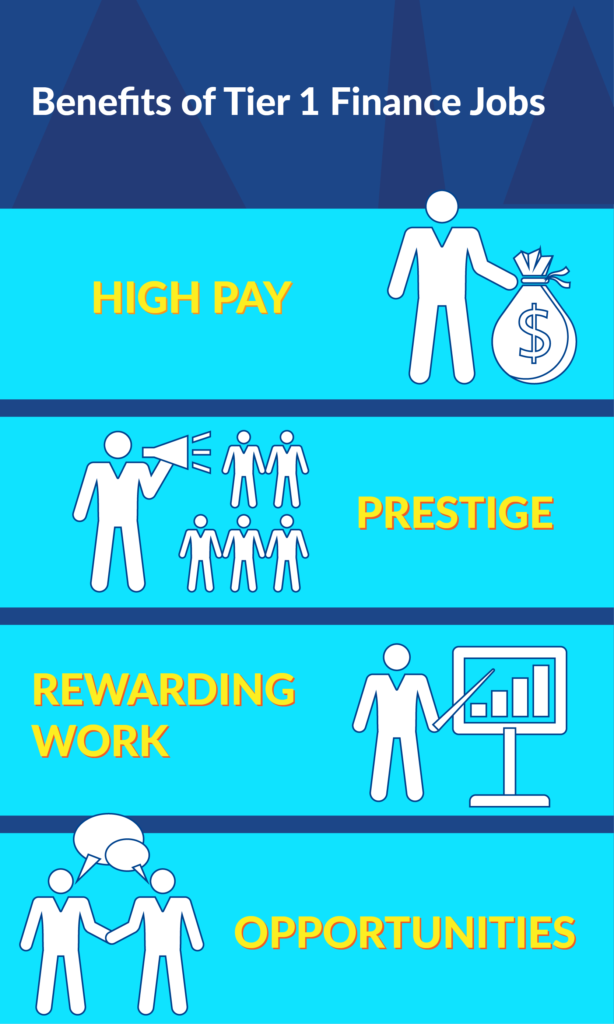You can see how using a high discount rate will give a lower appraisal than a low discount rate like the example with SIRI from earlier. Here's a crucial side trip in this conversation. When Warren Buffett initially began to construct a position in Coca-Cola in 1987, he utilized the treasury rate as a yardstick. Take a look at these ten years Treasury rates. 1980: 10. 8%1981: 12. 57%1982: 14. 59%1983: 10. 46%1984: 11. 67%1985: 11. 38%1986: 9. 19%1987: 7. 08%1988: 8. 67%1989: 9. 09%1990: 8. 21% When he began building up Coca-Cola, the rate was 7%, but only 2 years gotten rid of from double digits.
So utilizing a wesley corporation discount rate of 11%+ xm cancel number to start purchasing Coca-Cola made overall sense. You can see how picking and believing through a narrative is necessary in picking a discount rate. Buffett's choice to discount by the treasury rate was his minimum required return. He also used the treasury rate as a determining stick for all businesses, rather than assigning a different rate for different services. "In order to compute intrinsic value, you take those cash streams that you expect to be created and you discount them back to their present worth in our case, at the long-lasting Treasury rate.

But you can use the resulting present value figure that you get by discounting your cash flows back at the long-term Treasury rate as a common yardstick just to have a standard of measurement across all businesses (How long can you finance a used car)." I like to utilize a post-tax discount rate of 7-12%. Like Buffett, I have a minimum return rate that I want which takes place to be in between 7-12% in today's world of low interest rates and based on the kind of company. In the example above utilizing SIRI, I used 7% and 9% to reveal the difference it can make. As SIRI is a business with strong cash flows, strong ownership and a company design that can produce money, a high discount rate doesn't make good sense.
If we believed we were getting a stream of money over the thirty years that we felt extremely specific about, we 'd utilize a discount rate that would be rather less than if it were one where we anticipated surprises or where we believed there were a greater possibility of surprises. Buffett & Munger Investor Meeting If the business was a biotech without any profits streams and only a single drug in stage 2 or 3 trials, the discount rate would be substantially greater. Now it looks like the longer this gets, the more I'm puzzling you But I'll add another piece of information anyways. The discount window allows banks to borrow money for really short term operating needs. These loans are usually extended for 24 hours or less. The rates of interest charged is determined separately by each of the Federal Reserve banks, however is centrally reviewed and determined by the Board of Governors of the Federal Reserve System (Which of the following approaches is most suitable for auditing the finance and investment cycle?). Usually, the discount rate will be the same throughout all the Federal Reserve Banks, except for the days around the time the discount rate changes. The discount rate window in fact uses 3 different loan programs, each with its own discount rate. The main credit program is the Fed's primary lending http://johnathanqjco323.yousher.com/getting-the-what-does-it-mean-to-finance-to-work program for qualified banks in "normally sound monetary condition." The discount rate on these loans is typically set above the existing market rate of interest offered from other sources of brief term or overnight financial obligation.
Loans from the secondary credit program bring a higher discount rate than loans in the primary credit program. Why are you interested in finance. The 3rd program is the seasonal credit program, offered to smaller financial institutions with recurring changes in their capital. A typical example are farming banks, whose loan and deposit balances vary each year with the numerous growing seasons. The discount rate on these loans is determined from approximately chosen market rates of similar alternative financing centers. If you're here because you're looking to discover more about stocks, head to our Broker Center, where we can assist you get going.
We 'd like to hear your questions, ideas, and opinions on the Knowledge Center in general or this page in particular. Your input will assist us help the world invest, better! Email us at. Thanks-- and Trick on!.
The term "discount rate" refers to the factor used to mark down the future cash streams back to the present day. Simply put, it is used in the calculation of time worth of money which contributes in NPV (Net Present Value) and IRR (Internal Rate of Return) computation. Download Corporate Assessment, Financial Investment Banking, Accounting, CFA Calculator & others The formula for discount rate can be revealed as future capital divided by present value which is then raised to the reciprocal of the variety of years and the minus one. Mathematically, it is represented as, where, In the case of multiple compounding throughout a year (t), the formula for the discount rate can be additional expanded as shown below.
